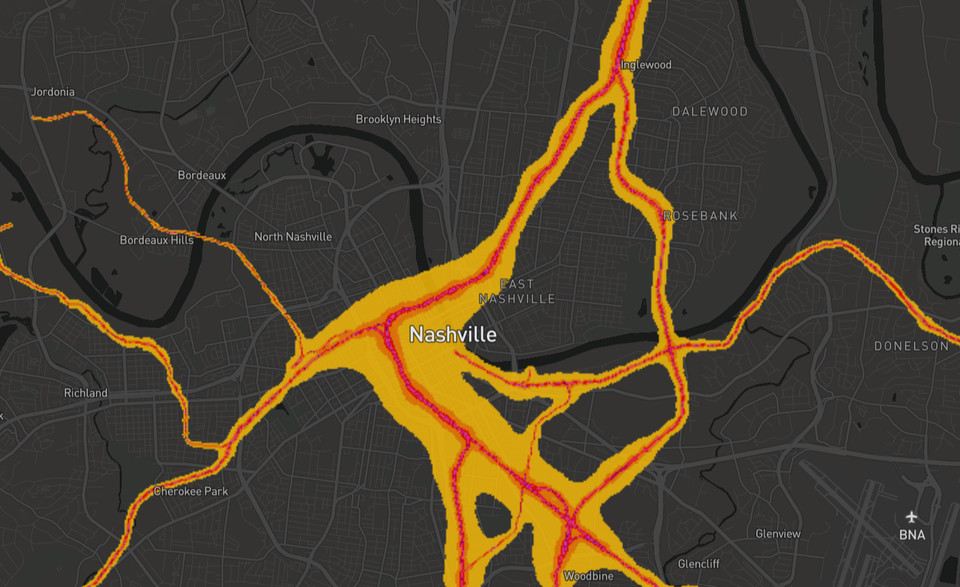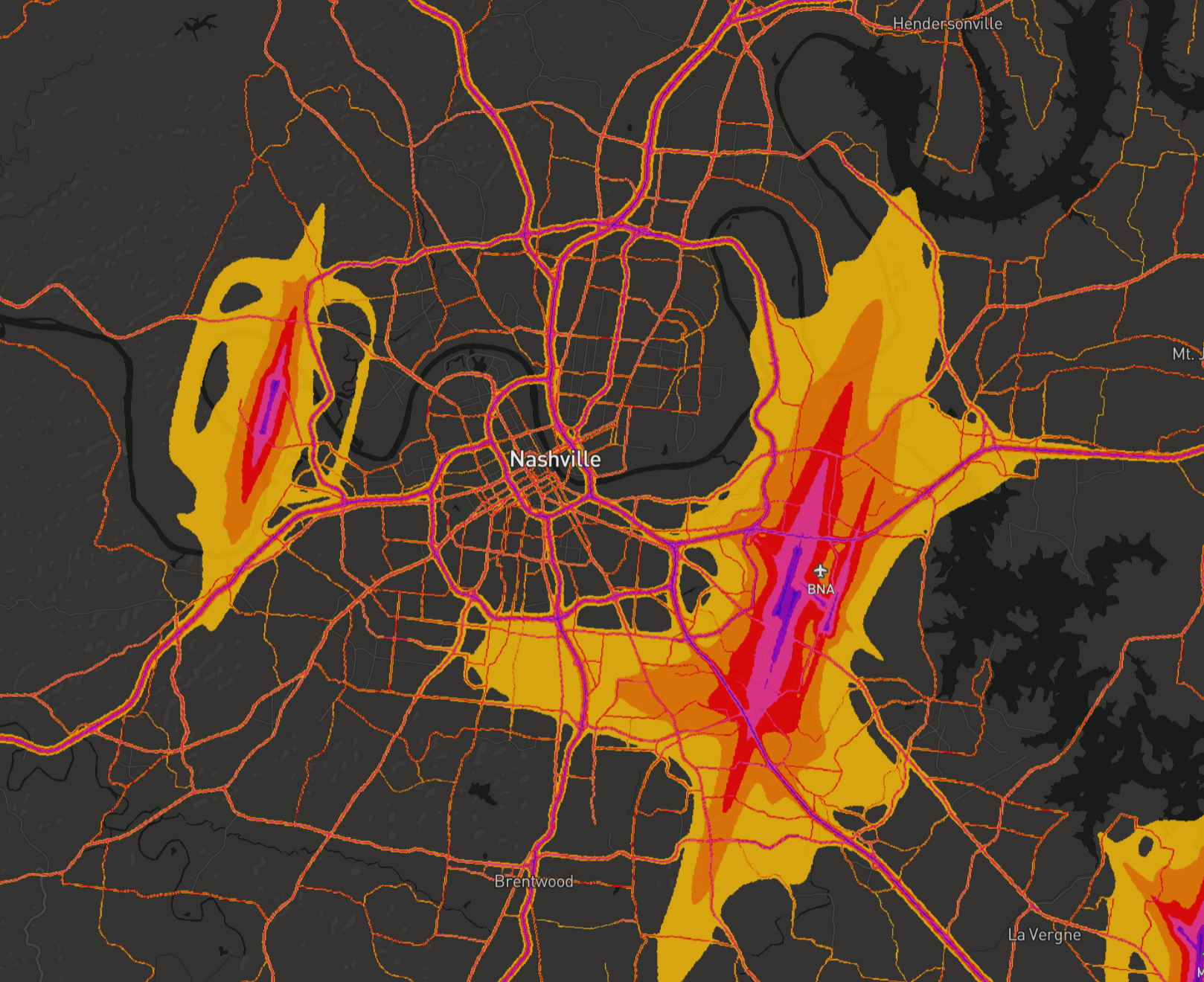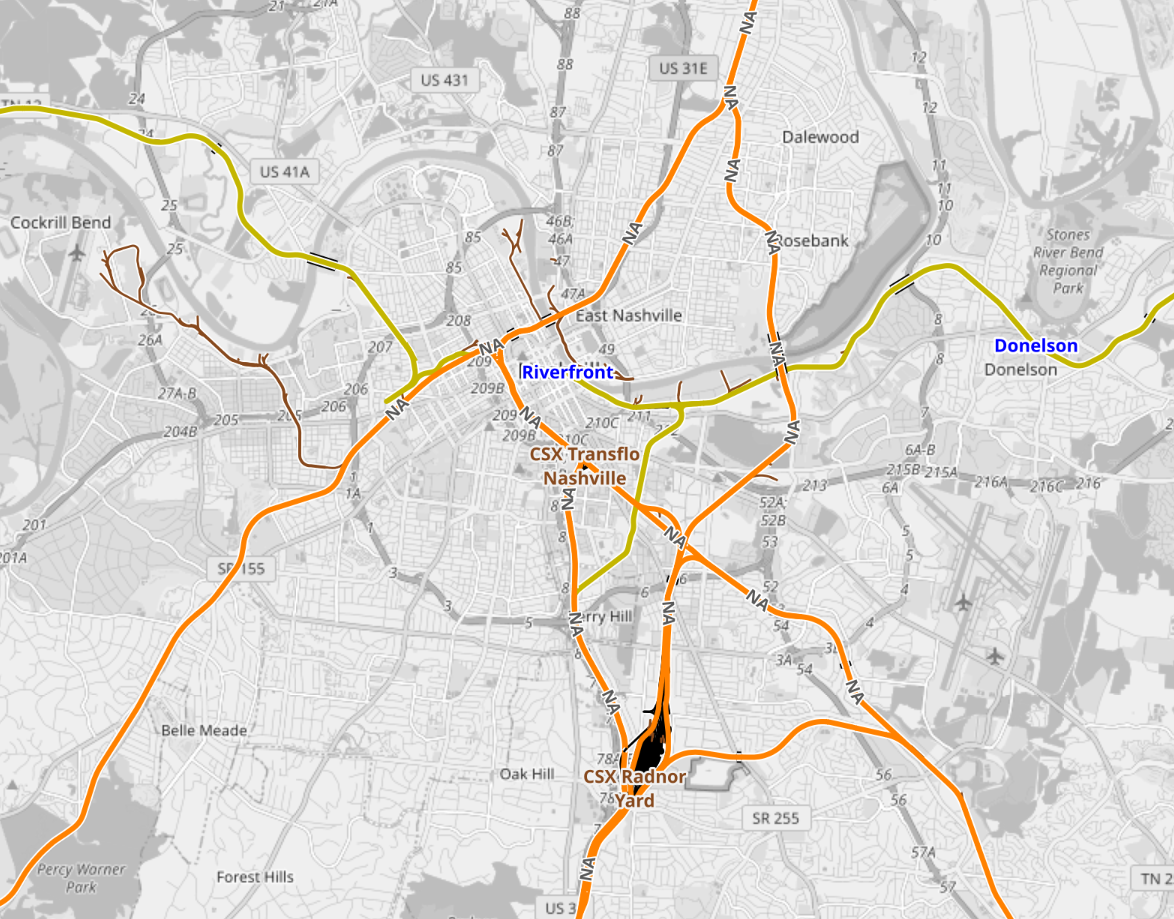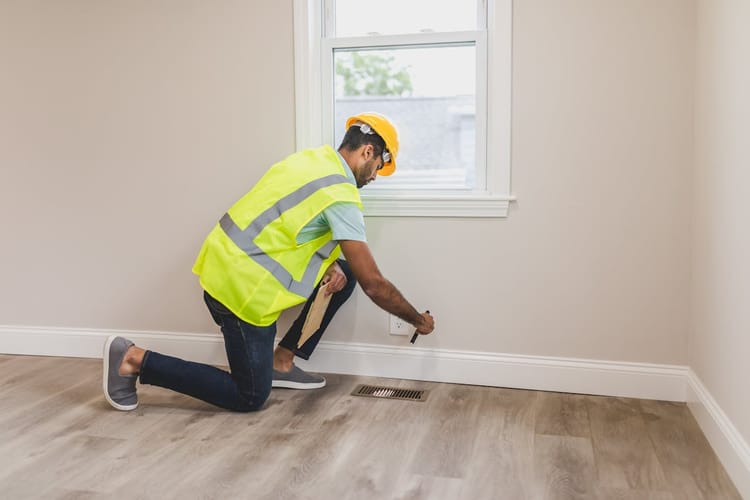How to Research Ambient Noise in the Homebuying Process

When you buy a home you're not just buying the house - you're buying into the location, and everything that comes with it, including ambient noise. Imagine settling into what you believe is your dream home, only to find that serenity shattered by the constant hum of traffic, the rumble of trains, or the roar of airplanes overhead.
Ambient noise isn't just a minor inconvenience—it can significantly impact your quality of life; unwanted noise can lead to increased stress, disrupted sleep, and a general decline in comfort. Even if you're someone who prefers the sounds of traffic or trains, it still can have a negative impact on your home's value when you're ready to sell.
Let's dive into how you can proactively research and address road, rail, and aviation noise before making one of the biggest purchases of your life.
Research Before You Book Showings
While it's easy to focus on a home's aesthetics, layout, and location, ambient noise often is missed during short property viewings. For instance, trains and planes can be periodic disruptions that don't necessarily occur during the brief property viewing; and sly sellers may avoid permitting showings during known high noise hours.
Therefore, it's valuable to start researching even before you begin booking showings. You can analyze key online resources to assess ambient noise factors that are likely present in neighborhoods you're considering.
National Transportation Noise Map
https://maps.dot.gov/BTS/NationalTransportationNoiseMap/

This is a resource I really like - with layers for roads, rails, and aviation, it shows where the most significant ambient noise is nationwide. Notably, the most recent data set is from 2020, but it gives a great general idea.
In regards to aviation, you can see the largest amount of noise tracks with the most commonly used runways - but there's also noise pollution that stretches across Antioch and Berry Hill.
Open Railway Map


This resource shows where active railway lines are. For instance, you can see the CSX Radnor Yard just south of Berry Hill.
Tennessee Comptroller Railroad Maps

This resource is less user friendly, but enables users to search by county and to pull survey data for railroad right of ways and land ownership.
WeGo Transit Map

Whether you see close proximity to bus lines as a preference or a deterrent, reviewing Nashville's WeGo Transit Map and schedule can help guide your home search.
Additional Due Diligence Steps
- Visit Multiple Times: Tour the neighborhood during different times of the day, especially during rush hours, to gauge traffic noise levels.
- Use Sound Level Apps: Smartphone apps can measure decibel levels, giving you tangible data on noise intensity.
- Check Local Traffic Patterns: Research whether the area is a common route for trucks or emergency vehicles, which can elevate noise levels.
- Train Schedules: Obtain schedules from the rail company to understand frequency and timing.
- Speak with Neighbors: Local residents can provide insights into the noise impact and any vibration issues.
- Observe Crossing Types: Nearby level crossings without barriers may require trains to sound horns more frequently.
- Airport Operation Hours: Check if the nearby airport operates during nighttime hours, which could affect sleep. (BNA does)
- Community Feedback: Join local forums or social media groups to hear about residents' experiences with ambient noise.
Mitigating Ambient Noise
If a property checks all your boxes except for noise concerns, there are ways to reduce the impact.
Soundproofing Solutions:
- Upgrade Windows and Doors: Installing double or triple-pane windows and solid-core doors can significantly dampen sound.
- Insulate Walls and Ceilings: Acoustic insulation materials help block external noise.
- Install White Noise Machines: These can mask unwanted sounds, creating a more peaceful indoor environment.
Landscaping Tactics:
- Natural Barriers: Planting dense trees and shrubs can absorb and deflect noise.
- Fencing: Erecting high-quality, solid fences can serve as additional sound barriers.
- Water Features: The soothing sounds from fountains or waterfalls can help mask background noise.
Considering Future Developments
Noise levels can change over time due to new infrastructure projects. You can't control how development and noise change in your neighborhood long term, but by staying abreast of contemplated and planned projects, you may be able to influence them or make proactive choices to protect your investment and happiness.
- Check Zoning Plans: Visit your city’s planning department website for upcoming projects.
- Monitor Local News: Stay updated on proposed changes that might increase traffic, such as new shopping centers or road expansions.
- Engage with Community Meetings: Attending local meetings can provide firsthand information on potential developments.
NashvilleNext

Nashville has a roadmap for growth through 2040 called NashvilleNext. Reviewing it in relation to the communities you're contemplating buying in can guide your decision making.
NashDigs

The NashDigs map resource allows users to visualize the location and scope of a variety of permitted projects.
Metro Nashville ePermits
Used in conjunction with the NashDigs site, the Metro Nashville ePermits site allows users to retrieve more details on specific projects.
What You Should Expect From Your Agent
As part of the interview and consultation process its important to tell your prospective agent your preferences and requirements when it comes to ambient noise. If you don't clearly communicate these needs with them, then the agent won't be able to factor noise pollution into their search on your behalf.
Keep in mind that as you express preferences on avoiding being near roads, rail, and airports, you likely are limiting the supply of homes that meet all of your criteria - and you may find the market value of those remaining homes are higher than the homes closer to ambient noise sources.
Finally, know that noise pollution isn't something that can be easily filtered for in online home search engines - so automated search filter results won't be able to reflect this preference, except perhaps with very careful polygon mapping. Ultimately, the responsibility for deciding whether the noise level of any property is acceptable comes down to the buyer, before entering a purchase agreement.








